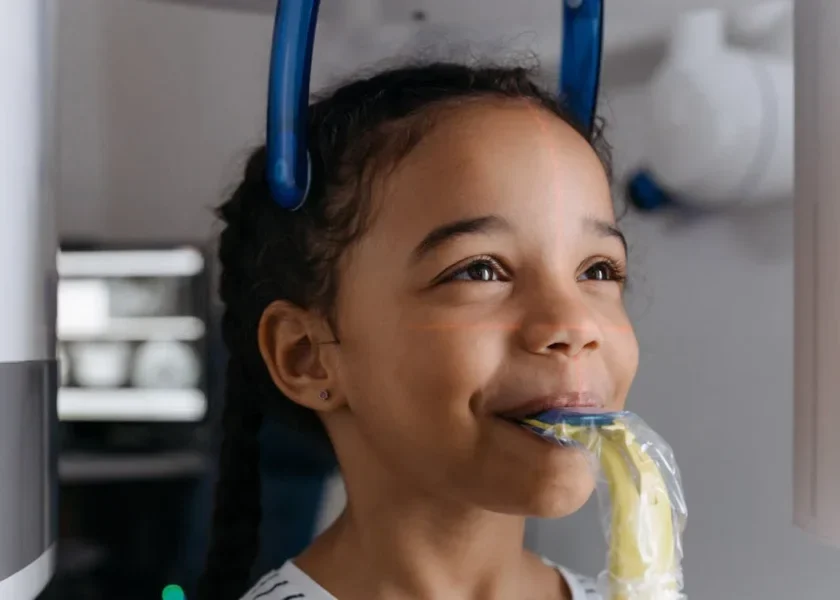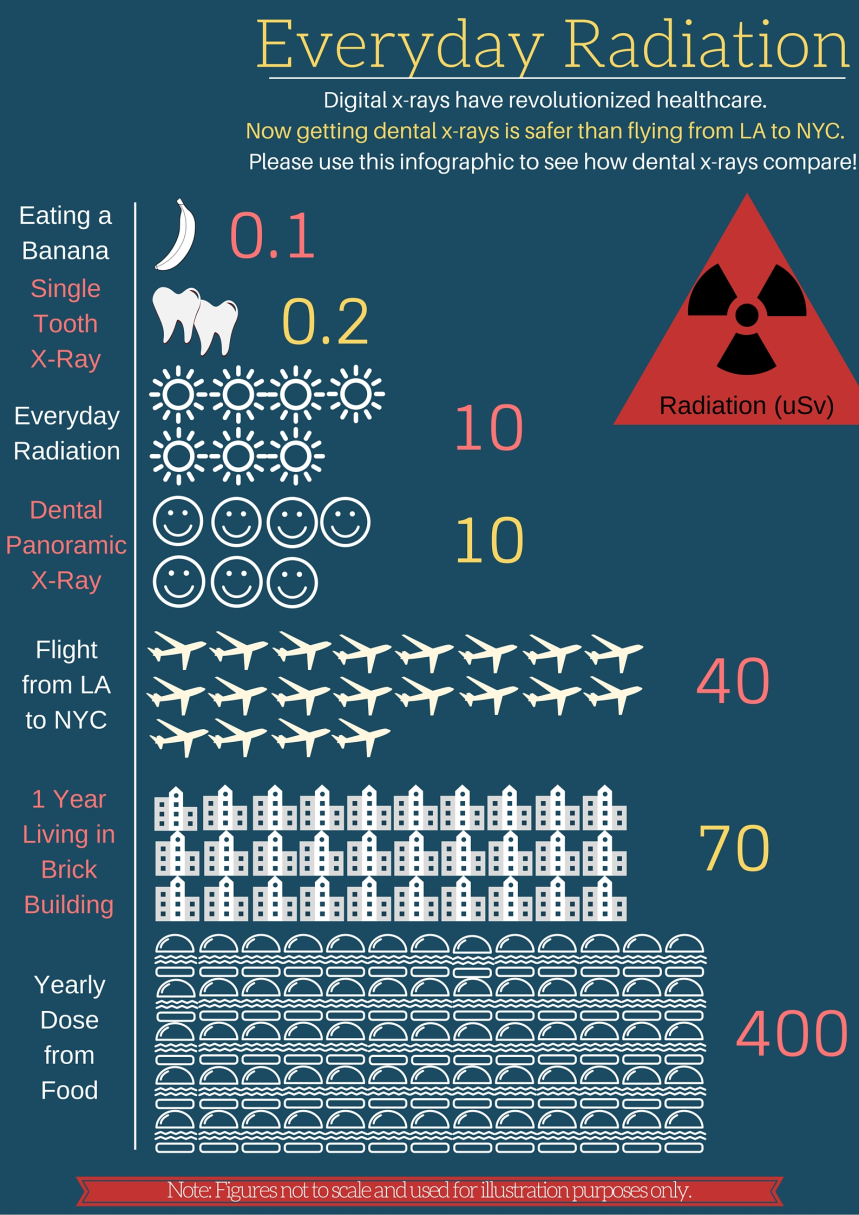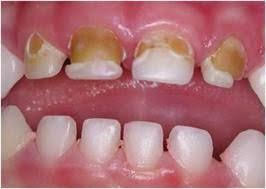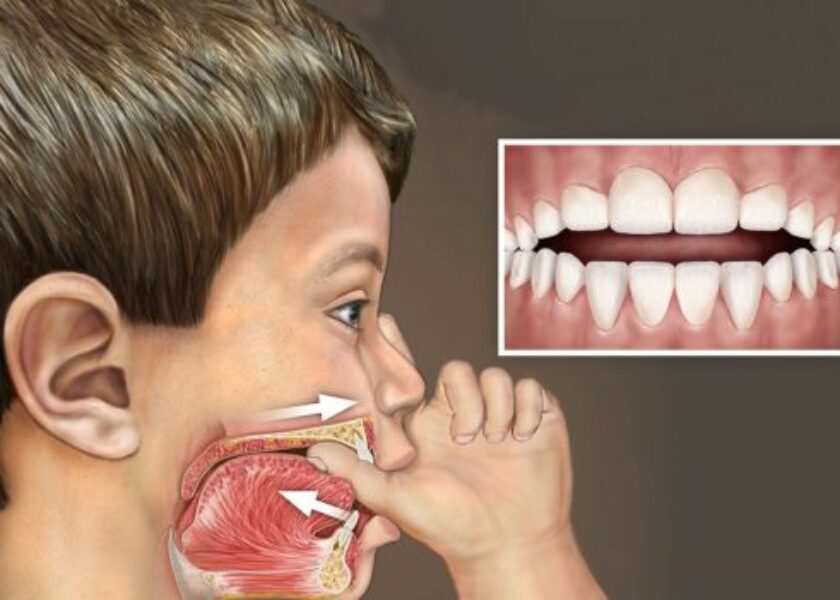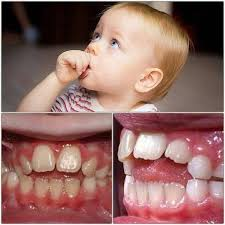July 26, 2024
Teething Do’s:
Give your infant safe teething rings or toys to bite and chew on.
Teething rings are often more soothing if they are cold, but do not freeze.
Often a cold washcloth to chew on or just rubbing your infant’s gums with your finger is the most effective.
Be sure teething toys are made of safe and non-toxic plastics or other materials.
If your infant is over 6 months old, infant ibuprofen is safe and can be very helpful for the pain and inflammation of the gums.
Homeopathic teething tablets are likely another safe and effective option, however this is still a medication and instructions should be followed closely. There was a recent recall of one brand of infant teething tablets due to safety concerns, which highlights the need to be cautious with any medication.
As with any medication, follow the instructions closely. There is always a risk for an allergic reaction, so call your pediatrician if you are not sure what to do or if your child has a reaction.
Teething Don’ts
Teething gels with benzocaine (used to numb the gums) should be avoided since they can cause a serious and potentially fatal reaction called methemoglobinemia. Also, these gels often numb the whole mouth or wash away with saliva, which make them a poor choice for treatment. Children under 2 years old seem to be at higher risk for this serious condition, so it is best to avoid teething gels altogether.
Don’t use alcohol of any kind on the gums to relieve teething. This was a common practice many years ago and again, has potentially fatal side effects.
Don’t give your infant anything to chew on that is smaller than the hole in a toilet paper role, since they can choke on small objects.
Don’t use medications in an infant under 4 months old since they are more likely to have a serious reaction.

